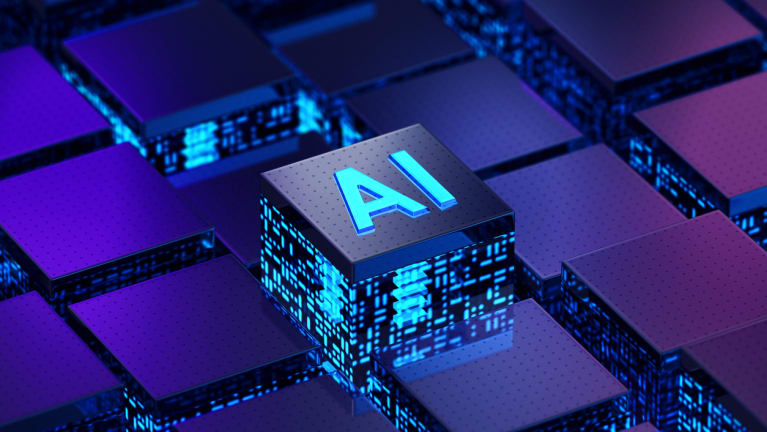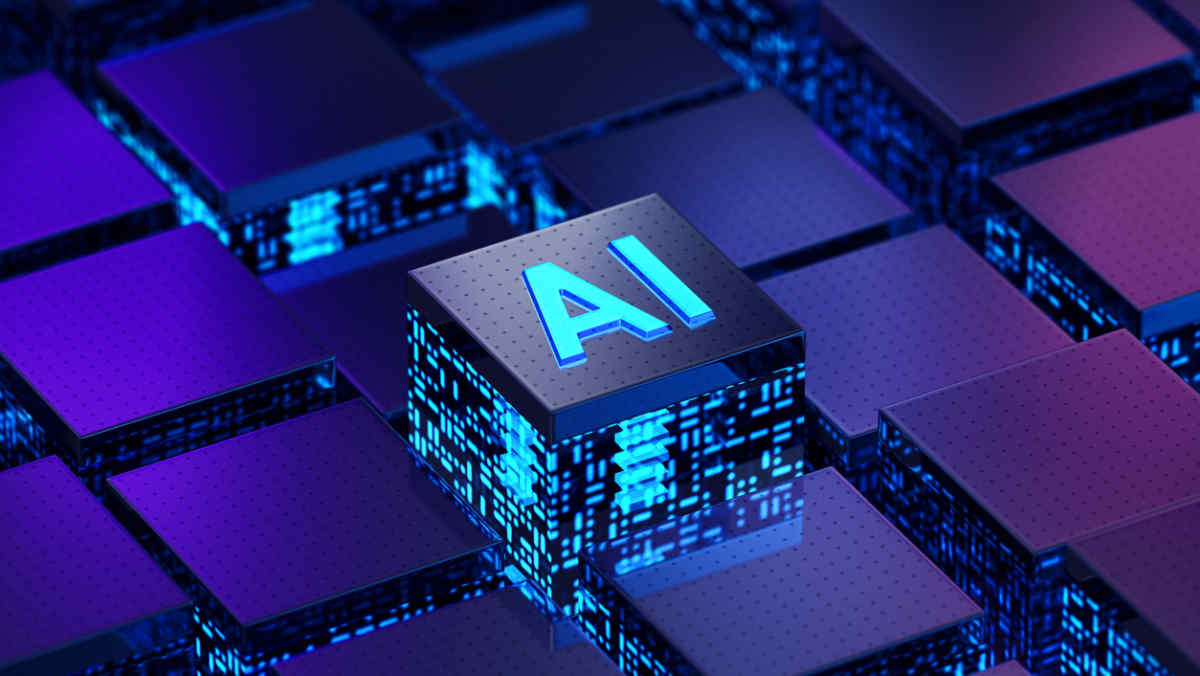

?Artificial intelligence is already transforming the way companies think about work as more businesses incorporate some form of AI into their business processes, and it is also starting to be used to improve health and safety in the workplace.
Advantages
One of the most promising applications of AI in workplace safety is computer vision technology, which is paired up to existing closed-circuit television systems and analyses camera footage, for example by monitoring worker behavior (such as whether someone is wearing insufficient personal protective equipment) and detecting potential hazards, such as trip hazards or when a person is in a restricted or dangerous zone. AI technology can also be used to monitor the condition of machinery and whether safety guards are being used, detect abnormalities and alert employers of potential problems with machinery.
Marks & Spencer (M&S), which operates 19 distribution centers and warehouses, recently announced that it reduced workplace incidents by 80 percent within the first 10 weeks of introducing computer vision technology at its distribution center in Castle Donington, England. This was because its health and safety team were able to identify patterns in unsafe behaviors on the warehouse floor, and then quickly take proactive action and provide focused training to staff to correct issues and improve workers’ attitude toward safety. M&S has also increased near miss reporting by more than 10 percent, due to incidents that weren’t seen at the time becoming visible.
Alice Conners, health, safety and environment specialist at M&S, said “We can’t be everywhere at once, and we can’t be onsite 24 hours a day. … AI is like having an extra set of eyes, and it helps us in keeping our colleagues safe.”
It is the responsibility of every employer to ensure, so far as is reasonably practicable, the health, safety and welfare at work of all workers in accordance with Sections 2 and 3 of the Health and Safety at Work etc Act 1974. The workplace can be a dangerous place. However, that continuous eye on workers means health and safety managers do not have to rely solely on walkarounds to identify safety issues and these can be identified in real-time.
Risks
Although AI has a lot of potential benefits for workplace safety, it is important to note that it is not a universal cure for everything and people still need to be involved in decision-making processes. AI is also ineffective in situations where there is no data available. For example, if a new type of hazard emerges, then AI might not be able to predict it.
High levels of surveillance may also be perceived by workers as undue intrusion into their privacy, which can have adverse effects such as stress, anxiety and depression—for example, if AI is misused to calculate how long they spend in restrooms or how many breaks they take. It is therefore important to communicate with workers early in the implementation process to help alleviate these concerns.
Another risk frequently reported in relation to AI is the intensification of work. For example, while it can be used to track task completion times, care needs to be taken around incentivizing workers to complete tasks too quickly at the expense of health and safety.
Conclusion
However, if used in the right way, AI can make workplaces safer environment for workers, which in turn can save employers money by reducing the risk of fines and legal action, reducing the amount of time workers are out of work due to injuries and increasing productivity.
Charlotte Healy is an attorney with Charles Russell Speechlys in Guildford, England, U.K. © 2023 Charles Russell Speechlys. All rights reserved. Reposted with permission of Lexology.

